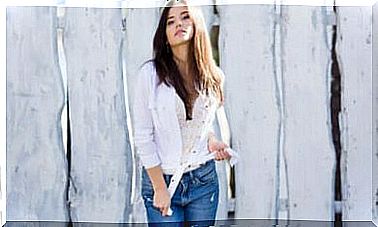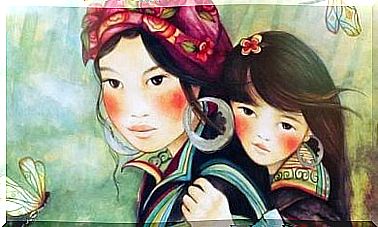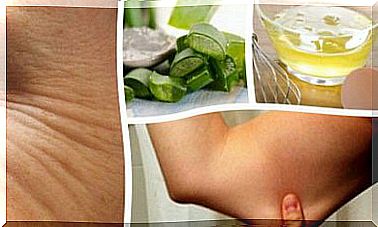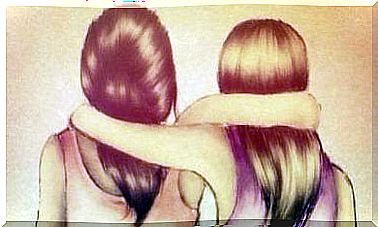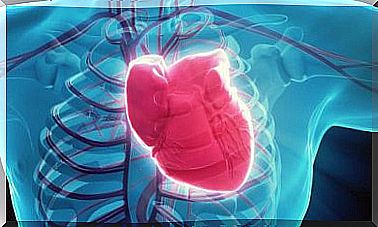The Different Types Of Wrinkles
There are several types of wrinkles depending on their cause. Even though they tend to look the same, the treatment may vary depending on the factor that created them. Want to know more about it? We will tell you about it in this article.
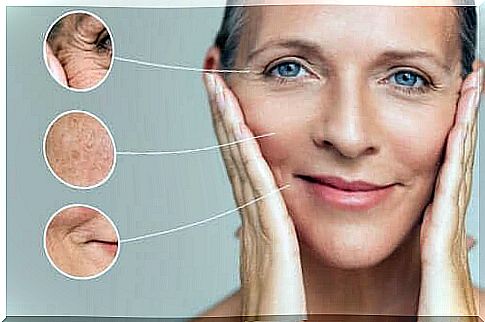
Wrinkles are not appreciated, either in women or in men. They do not all come from natural aging: different factors are involved. Therefore, it is important to differentiate between the different types of wrinkles in order to achieve the most effective treatment.
Because beyond their possible cause, they are all reflected in the same way on the skin and can have an anti-aesthetic aspect, especially when they appear too early. We are therefore going to classify wrinkles here according to the factors associated with their appearance. Read on to find out!
What are wrinkles?
Wrinkles are folds of the skin that develop due to the constant contraction of the facial musculature. Aging makes them even more visible because of the alterations that occur on the skin layers.
The epidermis thins and we see a decrease in the amount of elastic fibers and collagen, responsible for preserving hydration and firmness. The deepest layer of the skin (hypodermis) loses its amount of fatty tissue over time.
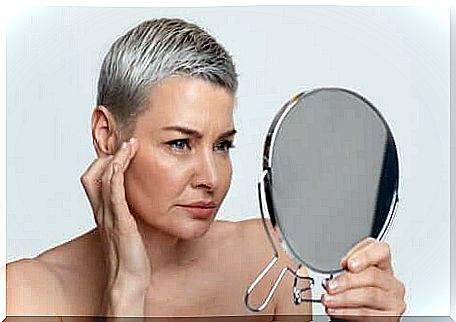
Types of wrinkles
From a clinical point of view, wrinkles can be deep and superficial. These disappear by stretching the skin; this differentiates them from the deep ones, which do not change when you try to stretch the skin. All are expressed in the same way but vary in the way they are generated. Now let’s take a look at the main types of wrinkles.
Static
They appear because of the natural loss of collagen volume, tissue and elasticity. It is not necessary to wrinkle the face for them to be marked because they are already marked on the skin due to the same repetitive movements of the musculature.
Different types of wrinkles: dynamic
These are the expression lines. They are generated by frowning, parting their eyes, smiling and frowning. Therefore, they are caused by muscle activity. We generally tend to observe them from the age of 30, when it is recommended to start a preventive treatment with applications of botulinum toxin.
The most famous dynamic wrinkles are:
- “Crow’s feet” : they are marked notably when we smile or when our face is at rest
- Horizontal forehead wrinkles
- Vertical lines between the eyebrows
Gravitational
Gravitational wrinkles are those that appear as a result of the aging process. They become more evident around the age of 40. Aging is manifested by decreased adipose tissue, vascular degeneration and bone atrophy.
- Dehydration worsens
- The skin becomes rougher and drier
- The dermis loses in luminosity and tone
Over time, the face ages even more due to the decrease in elastin and collagen in the skin. Expression lines become more pronounced and the skin falls off due to the effect of gravity. Likewise, the loss of the fatty layer emphasizes certain bony areas of the face and accentuates the signs of aging.
The most common are observed:
- In the neck
- On the sides of the chin
- In front of the ears
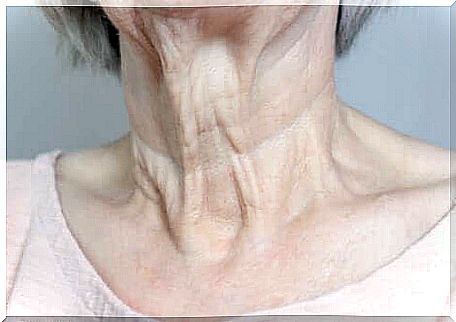
Different types of wrinkles: mixed
They are generated as a result of an accumulation of factors: aging, excess sun exposure, gravity and facial movements. These are the wrinkles that run from the corners of the mouth to the sides of the base of the nose, and the vertical wrinkles that are seen in the anterior part of the neck.
Sleep wrinkles
The way you sleep also affects premature aging. They are differentiated from dynamic wrinkles because of their shape. They appear vertically on the neckline as well as on the face and neck. They are usually noticed from the age of 30, when the body’s natural production of collagen, elastin and hyaluronic acid decreases.
Richard Glogau’s classification for photoaging
There is another approach to differentiating between types of wrinkles, developed by Richard Glogau. The latter includes them in four categories according to the degree of photoaging of the skin. We will now detail them for you:
- TYPE I, without wrinkles: patients between 20 and 30 years old, characterized by slight photoaging, moderate pigmentary changes, without keratosis and with minimal wrinkles. There is no need for makeup to hide them
- TYPE II, expression lines: they appear between 30 and 40 years old. This is moderate photoaging, with palpable (but invisible) lentigines and keratoses. Expression lines appear mostly around the eyes when we smile. Make-up may sometimes be necessary
- TYPE III, wrinkles at rest: from 50 to 60 years old, with advanced photoaging, notable dyschromia, telangiectasias, visible keratoses and marked wrinkles, even without wrinkling the face. Make-up does not cover them completely
- TYPE IV, wrinkles only: in people over 60, with severe photoaging, yellowish-gray skin color, pre-malignant lesions and wrinkles all over the face. Inability to use makeup because it splits and cracks
What to remember about the types of wrinkles?
Not all types of wrinkles are caused by aging. Some appear long before, whether from unprotected sun exposure or simply because of facial expressions. Adopting healthy lifestyle habits and a beauty routine are key to slowing their appearance.
